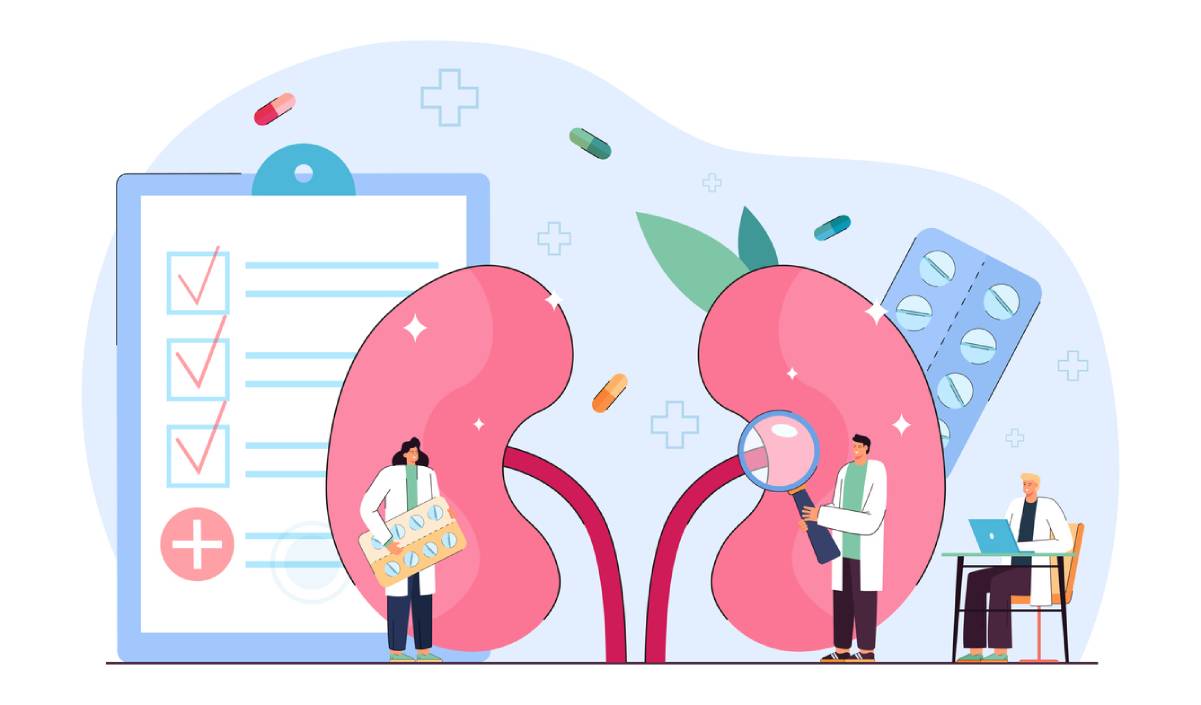If you’re suffering from some time of kidney dysfunction, your path will inevitably bring you into contact with receiving dialysis treatment of some kind. But what does kidney dialysis look like for most patients?
Despite the possibly fearful connotations surrounding this life-saving process, kidney dialysis is actually rarely painful or disturbing. Knowing this can contribute to a patient moving forward calmly with their own treatment.
What Does Kidney Dialysis Look Like?
If you have an impending dialysis treatment with a kidney dialysis specialist, or are simply just curious about what this type of treatment looks like, here’s an overview of the ins and outs of this process.
An Overview of Dialysis
Kidney dialysis is a process where a patient has excess water, toxins, and solutes removed from their kidneys. In many cases, this is an essential process to prevent serious illness and death in a patient.
Properly functioning kidneys are typically able to perform this themselves without assistance. When a patient suffers from some type of chronic kidney disease that prevents this functionality, dialysis is needed in its place.
There are several types of kidney dialysis, each equipped with different areas that they treat. Hemodialysis is a type of dialysis that involves light needle usage to draw blood from a patient.
On the other hand, peritoneal dialysis doesn’t utilize blood or needles but rather utilizes a catheter to fill and drain the abdomen of excess fluid, flushing the kidneys of toxins.
Different patients will need different types of dialysis depending on the exact nature of the kidney issues they face. This can be more accurately determined at one’s pre-surgical consultation.
Is Dialysis Painful?
Dialysis is not generally considered to be a painful operation. However, patients will need to be aware that the process produces a variety of strange sensations in the body while it is being performed.
This is due to the fact that regardless of the exact type of dialysis that is being performed, bodily fluids are influenced during the process and are moved around the bloodstream.
This process can produce a number of strange-feeling physical sensations. While these sensations aren’t exactly painful per se, they can feel quite unusual and borderline uncomfortable if one isn’t used to them.
Sometimes, patients even experience something akin to a hum or a vibration along their skin when they are receiving dialysis treatment. This is also known as the dialysis “pulse” or “thrill”.
Another thing to keep in mind during dialysis treatment is that it serves one to watch their diet prior to treatment. This is because certain foods have the ability to influence this very sensitive procedure due to their effects on fluids and bloating.
Tips For Helping Your Dialysis Process Run Smoothly
Dialysis can be a rather intense process, depending on how used to it you are. There are a few steps one can take in order to make this process run more smoothly for them. Some of these steps include:
- Using your therapy time to relax: Dialysis can be a taxing process, and ensuring that you have enough time to relax and recuperate from the experience can give you security as you move through a series of treatments.
- Don’t skip treatments: Your long-term health is at stake with issues of the kidney, given this, it’s extremely important not to skip treatments or cut them short. Kidney issues can quickly develop into life-threatening situations.
- Protect against infection: Another step to take in your dialysis journey is to keep your access, surroundings, and equipment clean to protect against dialysis infections.
- Stay active: Keeping the overall health of the body strong is another important step to ensuring that your kidney health is maintained throughout the dialysis process. Engaging in light exercise, hobbies, and socializing are all worthwhile avenues in this process.
- Keep your support network active: Keeping a support network is essential for a number of different reasons. Firstly, it can help people in the dialysis process to have a network of connections who are undergoing similar treatments to them. Secondly, keeping your friend’s network close can aid you while you’re recovering from treatments.
- Follow your physician’s directions: Following your doctor’s instructions in all stages of your treatment process is absolutely essential for equipping you to properly recover and endure dialysis treatment.
LA’s Best Nephrologist
Dr. Victor Gura and his staff are proud to offer the finest service available to the residents of Los Angeles and the rest of Southern California. If you’re interested in scheduling a consultation with a nephrologist to determine the best type of care you can receive regarding your dialysis treatment, contact us today to schedule a consultation.

